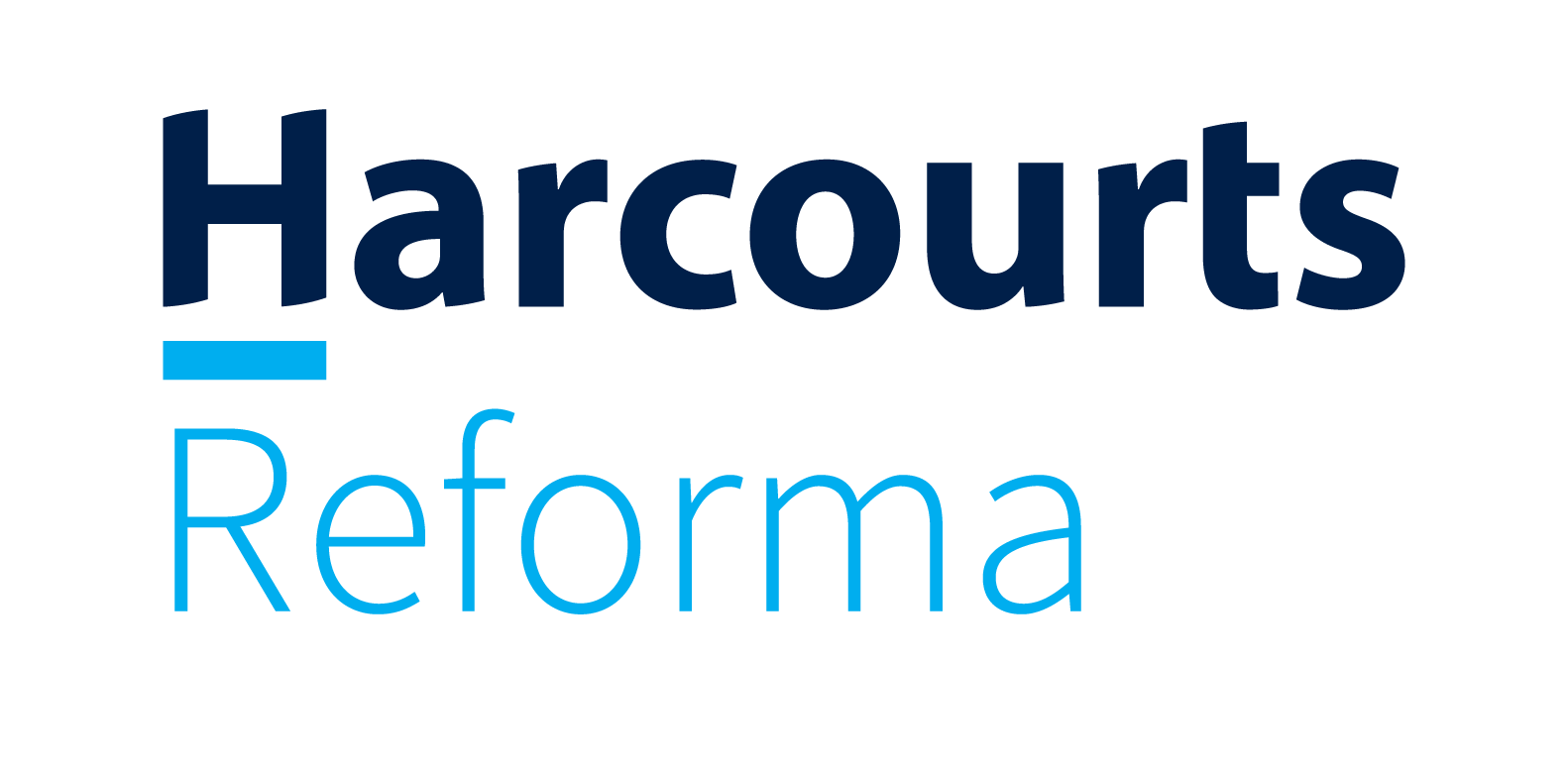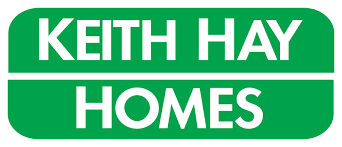Very few analysts or commentators – in reality, none – foresaw the post-COVID boom in house prices, and once it got going we were all keenly looking for when it would peter out. In truth, the slowdown has taken longer to arrive than I had been anticipating, but it’s almost certainly here now (barring some other unexpected COVID-related surprise).
For a start, sales volumes have slowed significantly, in the face of stretched affordability, higher mortgage interest rates, tighter credit availability (LVRs, CCCFA, DTIs), and possibly now a general change in sentiment/mood too – no more ‘fear of missing out’, instead ‘fear of over-paying’. When you look across agent and private sales in January, the total of around 4,100 was the lowest for that month of the year since 2011. Sales volumes have also been lower than a year earlier for the past eight months in a row.
In turn, when you see sales activity slow, property value growth tends to follow. Our index stayed fairly robust in January, but the underlying trend has certainly cooled, and by the time we get March or April’s data in April/May, the slowdown in values should be apparent in the headline figures.
These trends will tend to feed back into themselves too, or in other words become self-reinforcing. In particular, as sales have slowed – but the flow of new listings has stayed steady – the middle of the pipeline, i.e. total listings available on the market, has had time to recharge. This of course gives buyers more choice, and takes further heat out of price pressures. To be fair, the total stock of listings is still relatively low in many parts of NZ – but it’s certainly on the rise, especially in areas such as Wellington, Manawatu-Whanganui, and Hawke’s Bay.
Could the new flow of listings onto the market also start to rise more appreciably? That’s certainly possible, as some existing investors begin to question the balance of low gross rental yields versus rising costs, and possibly start looking at some debt consolidation and/or other asset classes. However, there’s unlikely to be a wholesale sell-off, especially since a number of investors will want to avoid the costly move of paying tax under the Brightline Test.
In terms of the recent buyer mix, there have also been some interesting shifts lately. Mortgaged investors’ market share of purchases has held pretty steady lately (at a reduced level), with their big changes coming last year as their demand tailed off in the face of higher deposit and tax requirements. By contrast, first home buyers are showing the first signs of waning, as they face up to the reduced allowances at the banks for low-deposit loans, as well as the abrupt impact of the CCCFA changes. On the other hand, movers – i.e. relocating owner-occupiers – have started to become active again, with an increased number of listings giving them more choice.
Overall, then, the market certainly now seems to be slowing, and the factors are in place for this to continue throughout 2022 – with the balance of pricing power shifting from sellers to buyers. Given that unemployment is still very low and that borrowers are tested at serviceability interest rates well above what’s actually in the market, we’re comfortable with anticipating much slower growth in property values (low single digits) rather than outright falls.
But there is still plenty of uncertainty, and a swing variable could be the unemployment rate. If more small businesses start to close and jobs are lost in larger numbers, the chances of more significant falls in house prices would increase.

Kelvin Davidson
Kelvin Davidson is the Chief Economist of CoreLogic New Zealand.















Add Comment